Transmission no. 906 011 *220hp at 8,100rpm *Two-liter, mechanical injection opposed six-cylinder engine *Many Works-engineered revisions from customer-spec 906s *Works racing history *Championship-winning racer *Driven by Porsche racing legends *Restored to 1967 USRRC Championship winning livery Whenever the subject of desirable race cars comes up, the conversation invariably turns to the overall history of the particular vehicle. Who drove it, which races, how many podiums are just part of that criteria. Then comes the area that truly defines the raison d'etre, was it a customer spec or factory team car. In the specialized arena of historic racing, factory team cars, or in the case of those made by German manufacturers, werkswagens, are the most sought after. The reasoning for their extra cache is that when constructed, a factory or Werks car always had the latest development components and only the best drivers were employed to represent those efforts. Porsche competition vehicles tend to be classified as being divided in two distinctive groupings; occupying the first tier is the 356 SL from 1951 on to the 904 in 1964. The basic similarities of the cars built for competition during those years relied on being road licensed and the majority powered by a variety of four cylinder powerplants, ranging from a VW derived 1100cc to the final evolution of the Fuhrmann-designed four-cam four-cylinder, which were installed in the majority of 904's. The modern era truly began with the arrival of one Ferdinand Piech as head of the experimental department, and the rapid change of policy and output from 1965 to 1972 was to change the way the motorsport world viewed Porsche. Compromise was not in Piech's playbook, and although company politics and the financial office occasionally reigned in certain undertakings, for the most part he got what he wanted. Future race cars were to be designed with a singular purpose in mind. The compromise of pulling double duty for road use and the track was something Piech had no interest in. His vision of what a race car should be was the pure prototype. Ideas were to be tried, discarded if failed, evolved if they showed promise. Piech's effort was to prove that point magnificently. The 906, or Carrera 6 as it would also be referred to for purposes of clairity, was designed to take advantage of the rule changes from the CSI (forerunner of the FIA) for the 1966 season. No longer would one hundred examples have to be produced for homologation; fifty would be the threshold. However, the major concern was that Ferrari was also seriously considering the new class and this immediately made the 904 uncompetitive as a Works effort. The 906 moniker had been applied to a small number of Works 904's that used both the six-cylinder 901 and Type 771 flat eight-cylinder engines. The first true 906 prototype that utilized a tubular space frame was 906-010, more commonly known for the single race that it was built for, the Ollon-Villars Spyder. This one-off hill climb special also made use of suspension uprights and 13" wheels purchased directly from Lotus. The original intent of Piech was for the production versions of the 906 to use the newer technology to take advantage of tire choices available but in one of the few areas of compromise, he had to use up the remaining inventory of components originally destined for a second production run of the 904, which used a 15" alloy/steel wheel. The shape of the 906 was the result of many hours spent in the wind tunnel. The weight distribution was improved by moving the fuel tank to the side instead of in front of the driver as in the 904. Although the scale model of the 906 showed considerable promise, the full size version was constantly modified with a series of small spoilers and changes in the front and rear, all in the endless search for the best possible drag coefficient. The long tail for Le Mans in 1966 and the four short tail, long nose 906's are the most striking vis
Transmission no. 906 011 *220hp at 8,100rpm *Two-liter, mechanical injection opposed six-cylinder engine *Many Works-engineered revisions from customer-spec 906s *Works racing history *Championship-winning racer *Driven by Porsche racing legends *Restored to 1967 USRRC Championship winning livery Whenever the subject of desirable race cars comes up, the conversation invariably turns to the overall history of the particular vehicle. Who drove it, which races, how many podiums are just part of that criteria. Then comes the area that truly defines the raison d'etre, was it a customer spec or factory team car. In the specialized arena of historic racing, factory team cars, or in the case of those made by German manufacturers, werkswagens, are the most sought after. The reasoning for their extra cache is that when constructed, a factory or Werks car always had the latest development components and only the best drivers were employed to represent those efforts. Porsche competition vehicles tend to be classified as being divided in two distinctive groupings; occupying the first tier is the 356 SL from 1951 on to the 904 in 1964. The basic similarities of the cars built for competition during those years relied on being road licensed and the majority powered by a variety of four cylinder powerplants, ranging from a VW derived 1100cc to the final evolution of the Fuhrmann-designed four-cam four-cylinder, which were installed in the majority of 904's. The modern era truly began with the arrival of one Ferdinand Piech as head of the experimental department, and the rapid change of policy and output from 1965 to 1972 was to change the way the motorsport world viewed Porsche. Compromise was not in Piech's playbook, and although company politics and the financial office occasionally reigned in certain undertakings, for the most part he got what he wanted. Future race cars were to be designed with a singular purpose in mind. The compromise of pulling double duty for road use and the track was something Piech had no interest in. His vision of what a race car should be was the pure prototype. Ideas were to be tried, discarded if failed, evolved if they showed promise. Piech's effort was to prove that point magnificently. The 906, or Carrera 6 as it would also be referred to for purposes of clairity, was designed to take advantage of the rule changes from the CSI (forerunner of the FIA) for the 1966 season. No longer would one hundred examples have to be produced for homologation; fifty would be the threshold. However, the major concern was that Ferrari was also seriously considering the new class and this immediately made the 904 uncompetitive as a Works effort. The 906 moniker had been applied to a small number of Works 904's that used both the six-cylinder 901 and Type 771 flat eight-cylinder engines. The first true 906 prototype that utilized a tubular space frame was 906-010, more commonly known for the single race that it was built for, the Ollon-Villars Spyder. This one-off hill climb special also made use of suspension uprights and 13" wheels purchased directly from Lotus. The original intent of Piech was for the production versions of the 906 to use the newer technology to take advantage of tire choices available but in one of the few areas of compromise, he had to use up the remaining inventory of components originally destined for a second production run of the 904, which used a 15" alloy/steel wheel. The shape of the 906 was the result of many hours spent in the wind tunnel. The weight distribution was improved by moving the fuel tank to the side instead of in front of the driver as in the 904. Although the scale model of the 906 showed considerable promise, the full size version was constantly modified with a series of small spoilers and changes in the front and rear, all in the endless search for the best possible drag coefficient. The long tail for Le Mans in 1966 and the four short tail, long nose 906's are the most striking vis

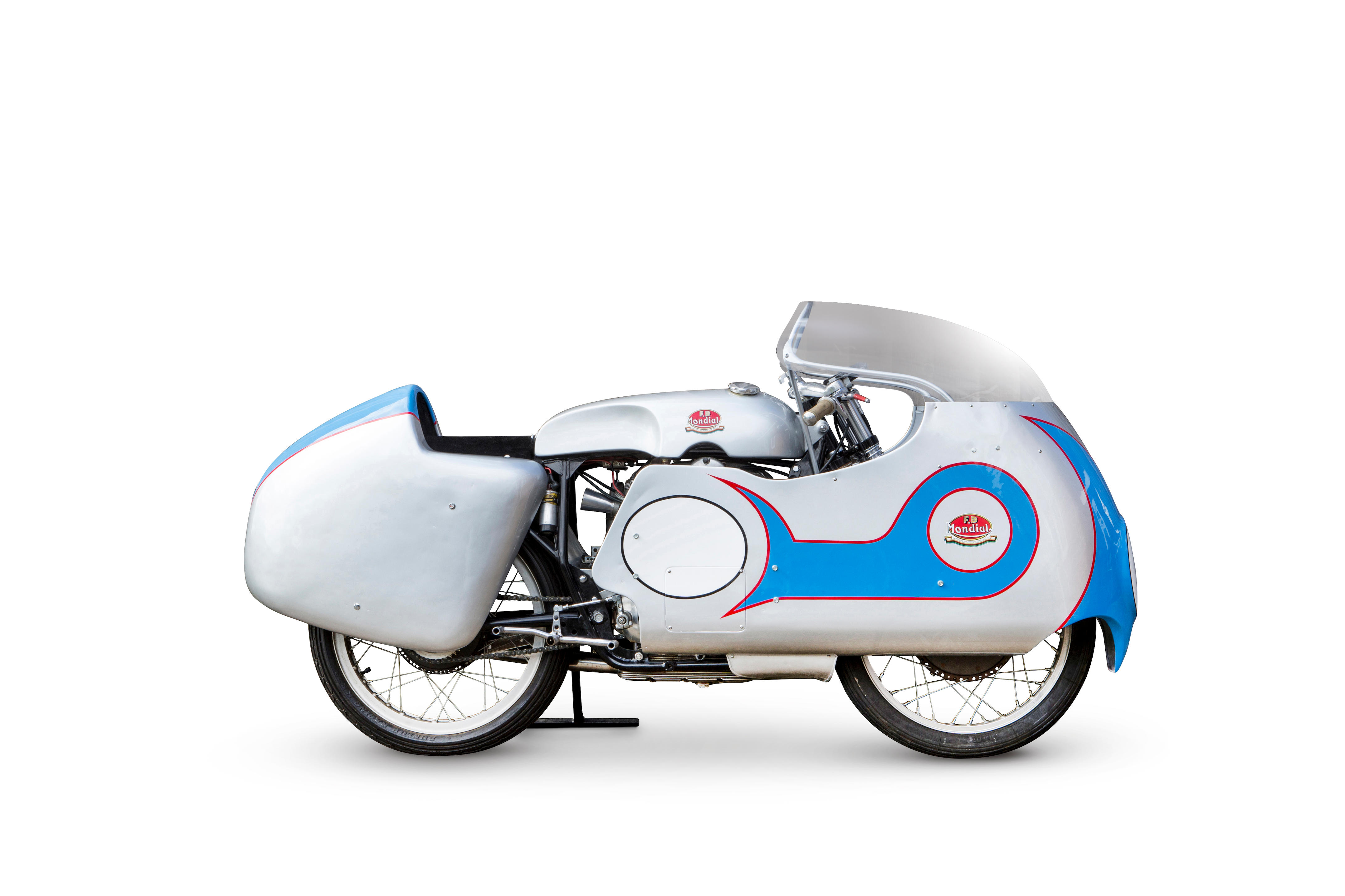
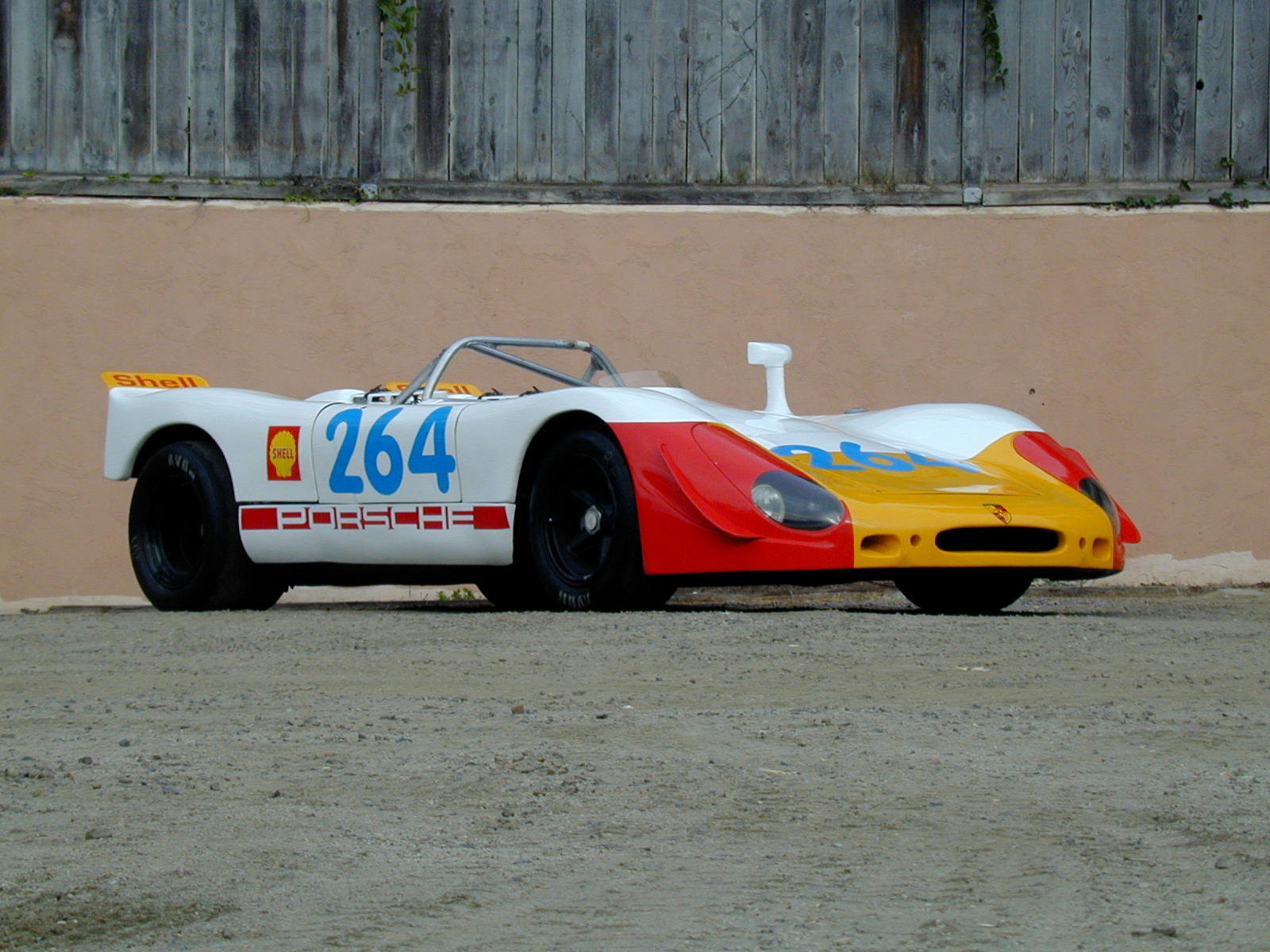






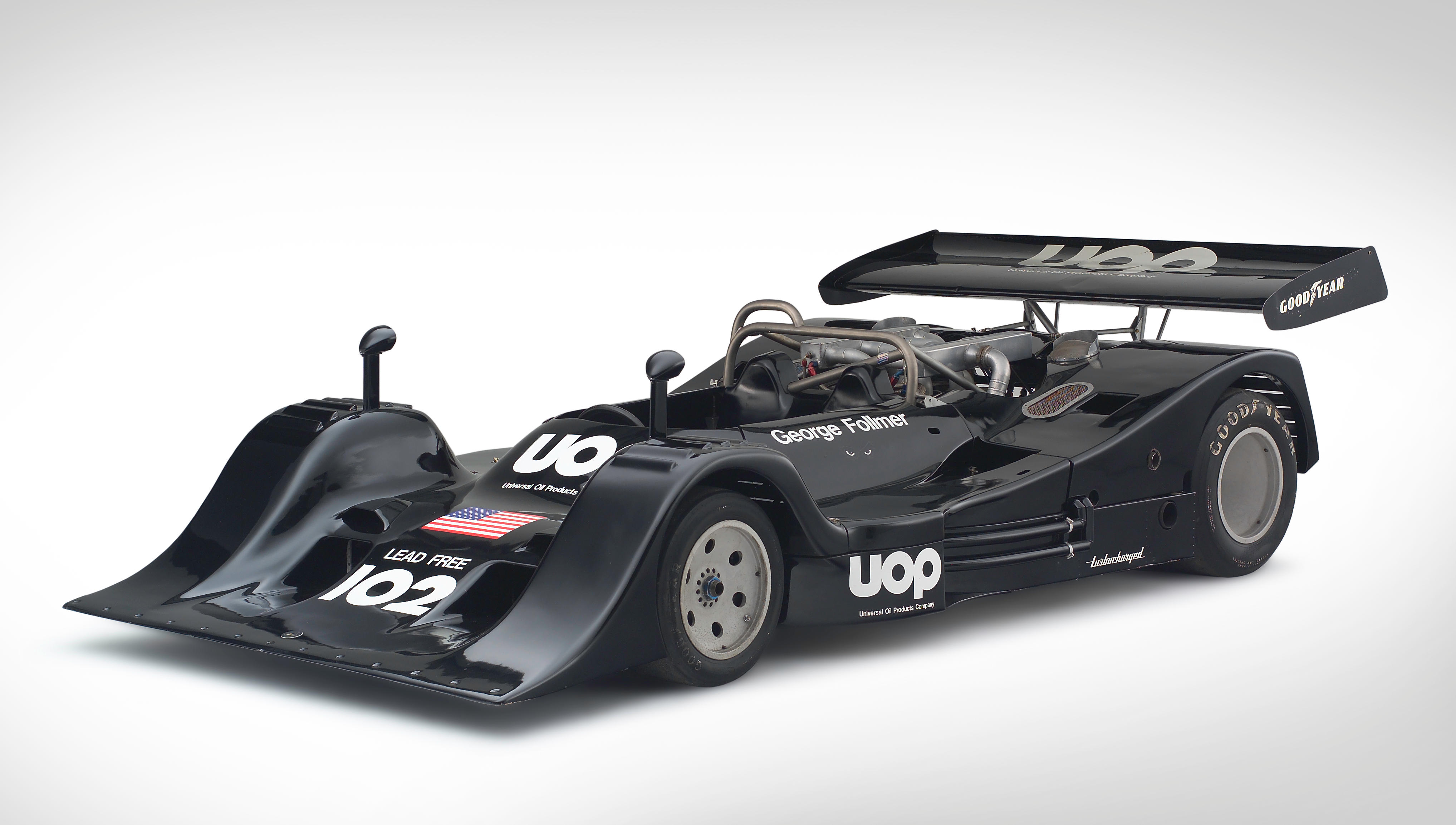
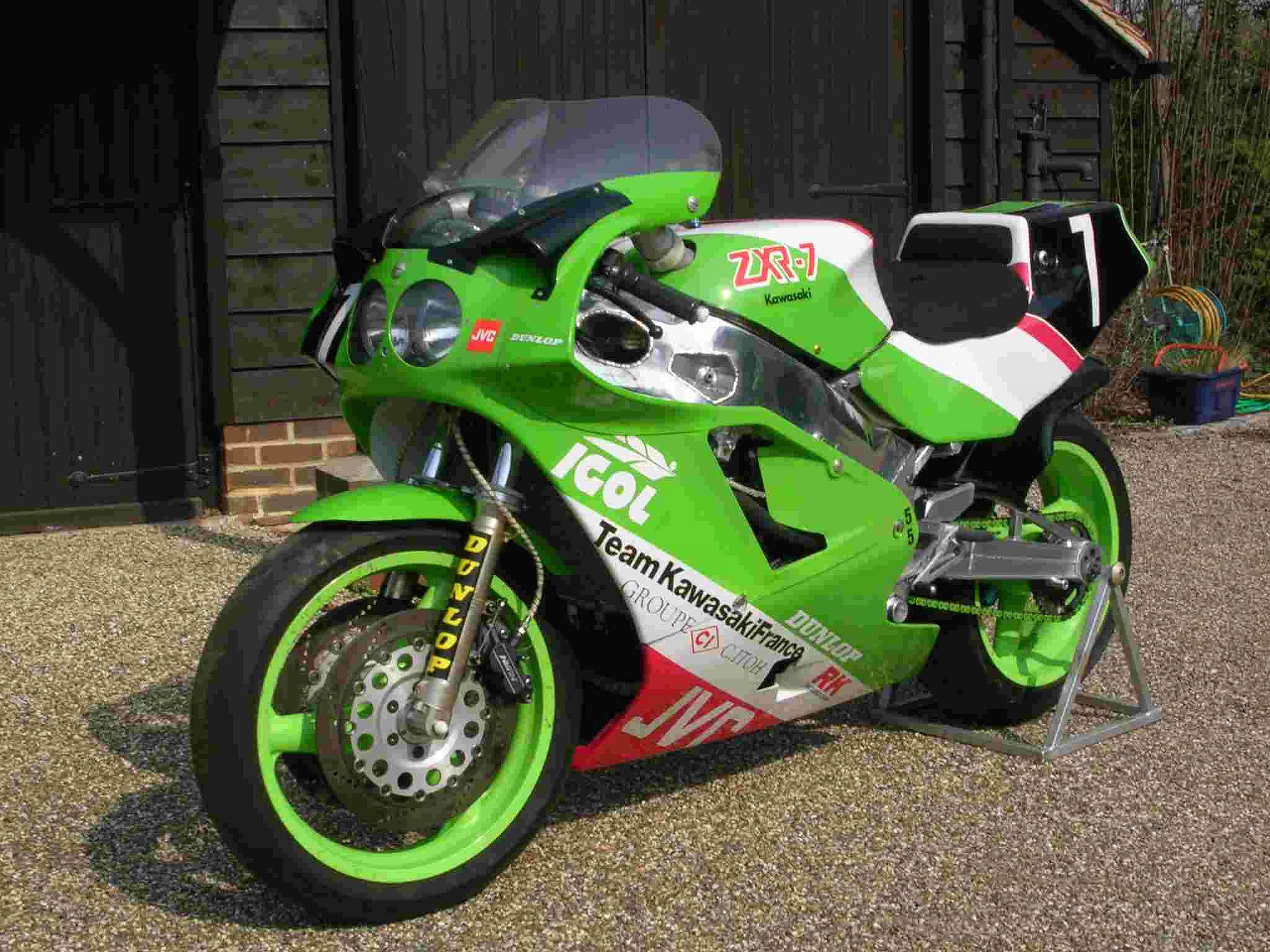
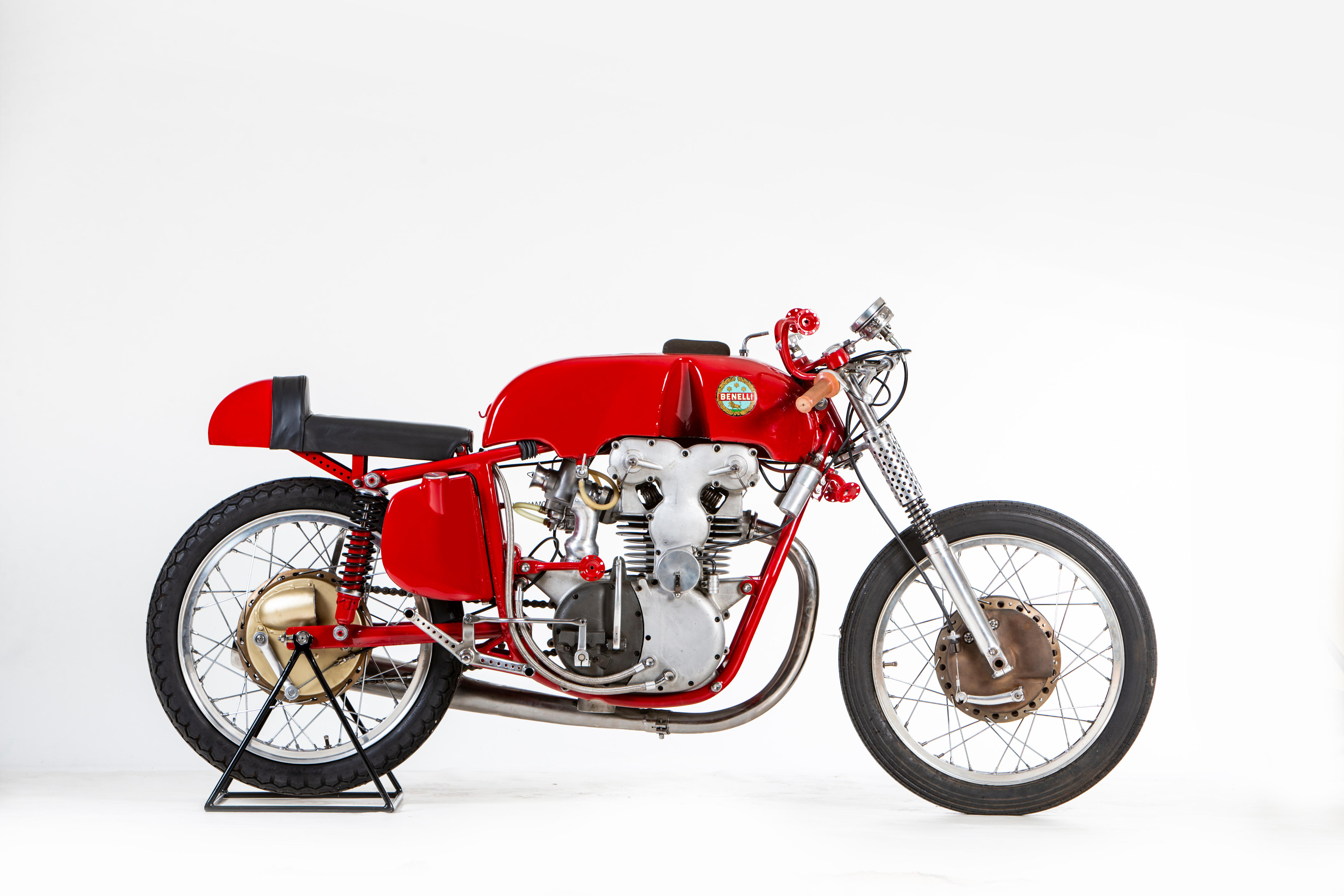


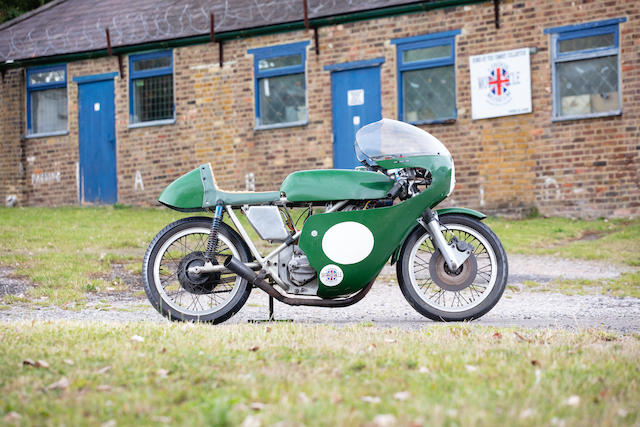
Testen Sie LotSearch und seine Premium-Features 7 Tage - ohne Kosten!
Lassen Sie sich automatisch über neue Objekte in kommenden Auktionen benachrichtigen.
Suchauftrag anlegen